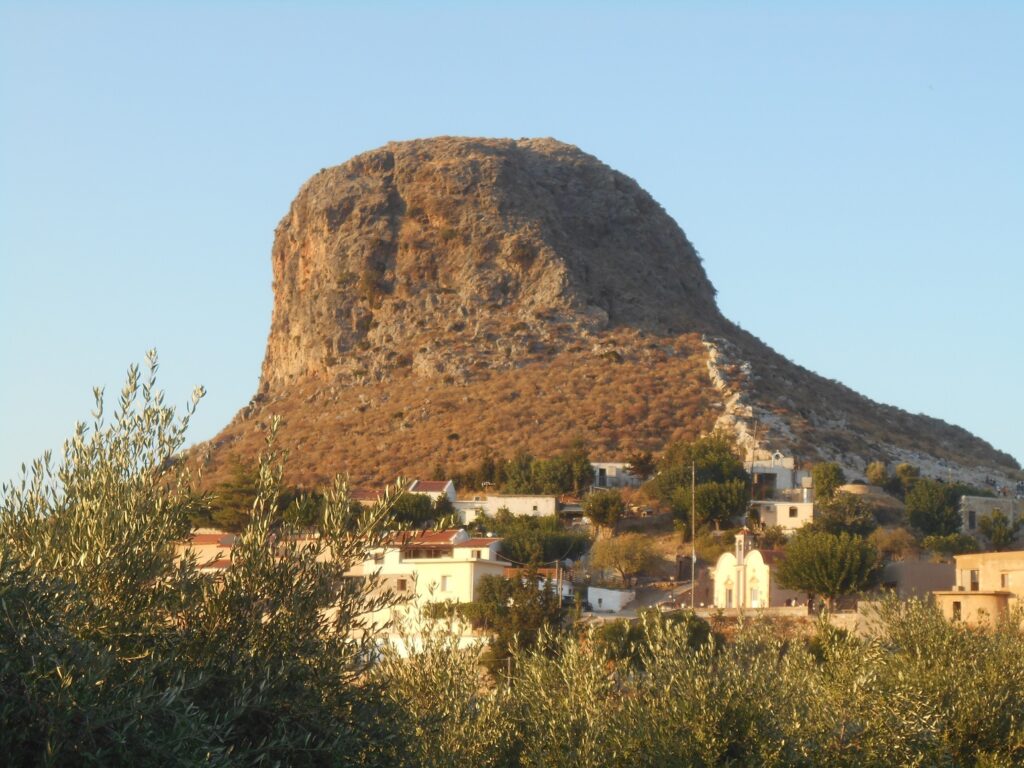
Long ago, when living in the U.K, Lynne and I would think nothing of driving up to two hours and maybe 100km for a recommended walk in one of the National Parks. So it’s no hardship to drive just 42km (26 miles) from Paleochora on quiet scenic roads through the Milones Gorge and above the Sassalos Gorge (or Porofarago) to the village of Kera, and from there take a short walk to nearby Rokka. Especially if you combine this with an evening at the annual Rokka Full Moon Concert, as we did recently.
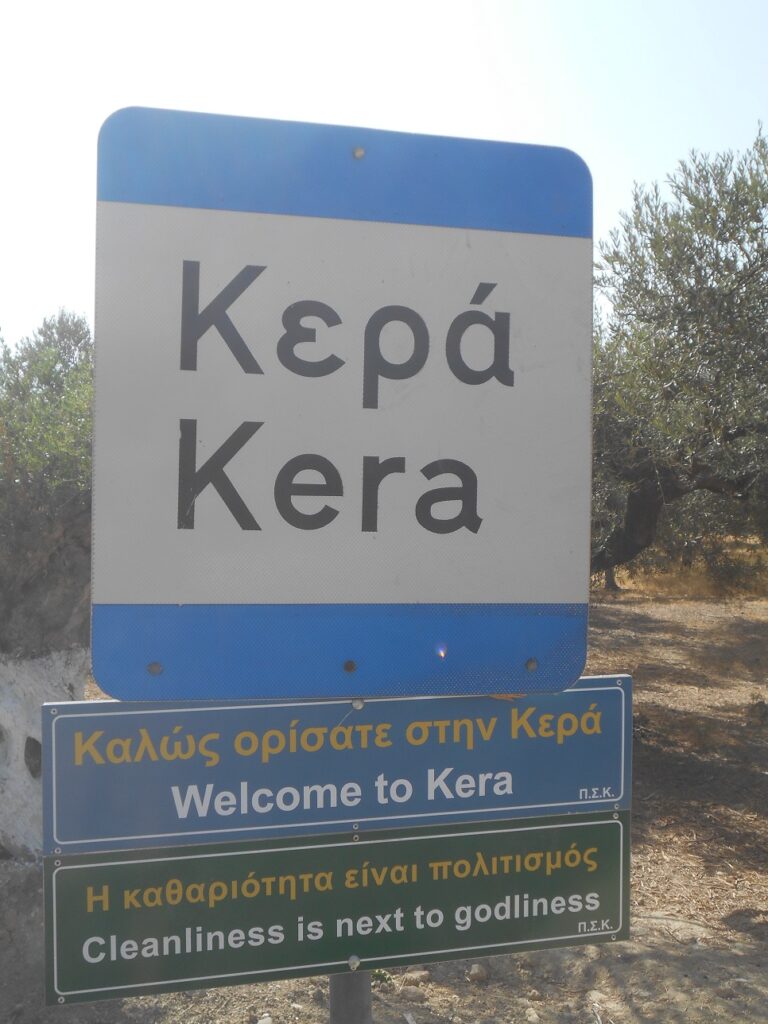
Allow an hour to drive to Kera, through Plemeniana, from Aligi over and down the valley to Sassalos, beyond which pause to look into the deep Porofarago Ravine (ref. Explore ! November 2014.) Stop again in Malathiros, by the impressive church, and Platea 28th August 1944, one of the saddest places I know. It was on this day, with the war all but lost, that German soldiers came to the village, took 61 of the village men and killed them. The youngest was just thirteen years, and the oldest sixty-six ; a marble memorial lists their names, as many as seven from the same family. No words ….
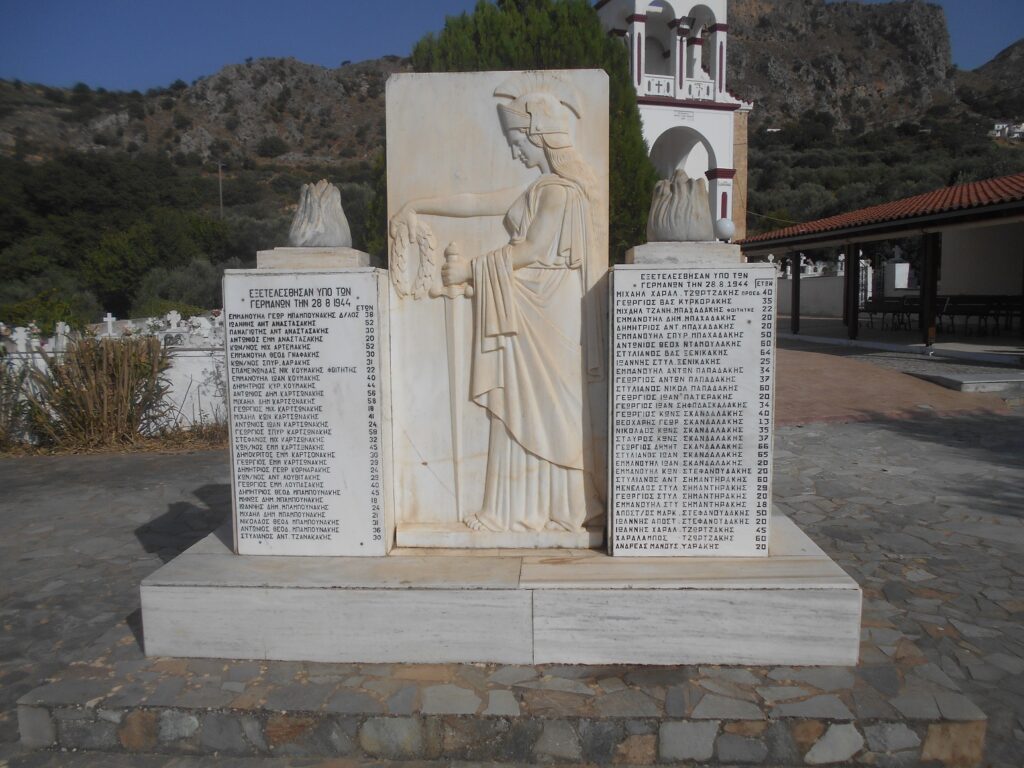
Kera is a little further on, after careful navigation through Trialonia and Sfakopigadi. Park close to the village church, and the stone statue of Antonoussa Kastanaki, the heroine often referred to as Crete’s ‘Joan of Arc’.
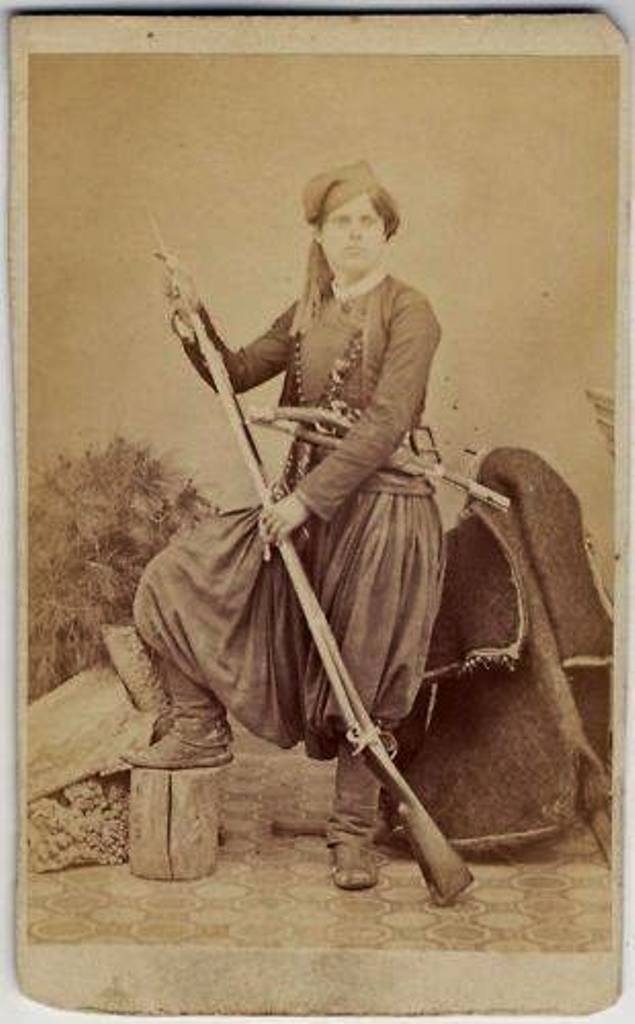
Born in Kera in 1844 during the dark centuries-long years of Ottoman oppression and injustice, her legend began as a young girl of 22 years in 1866. A Turkish official ordered her father to deliver an ox to the garrison in Kastelli, failing which he would return and kill both him and his daughters. “ You will not do this,” Antonoussa told her father, “take the family and our animals to the Ennea Chora villages near Elos where they will be safe. I will deal with the Turk …..”
Next day, with a gun, she was hiding in a fig tree when the official arrived, fired at him but missed. Jumping down, she took his yatagini sword, chopped off his head, and fled to the hills.
Joining the pallikari revolutionaries, she fought heroically and with distinction in many battles between 1866-79, notably at Lousakies, Sirikari, Trialonia, Topolia, and Drapanias, when many Turks were killed. Always dressed in the traditional Cretan mens uniform, pursued by the Turks but remaining elusive until, fearing for her life, she fled to Athens in 1882.
Here she was presented to King George 1, who had been informed of her brave exploits. She returned to her beloved Kera in 1911, by then at last free from tyrannical rule, where she was acclaimed as a heroine by young and old, relatives and friends, all the village. Antonoussa Kastanaki died in Piraeus in 1918.
The walk described below is no more than 3km, and will take less than an hour, but far longer if you explore Rokka.
Below Kera’s platea is a path leading, via a stunning view down the valley to Kissamos Bay, to the former water mill, and a little further to what must be, in winter or after heavy rain, an impressive waterfall. I’ve read that there are “caves with stalactites” in the vicinity, but have yet to discover their location.
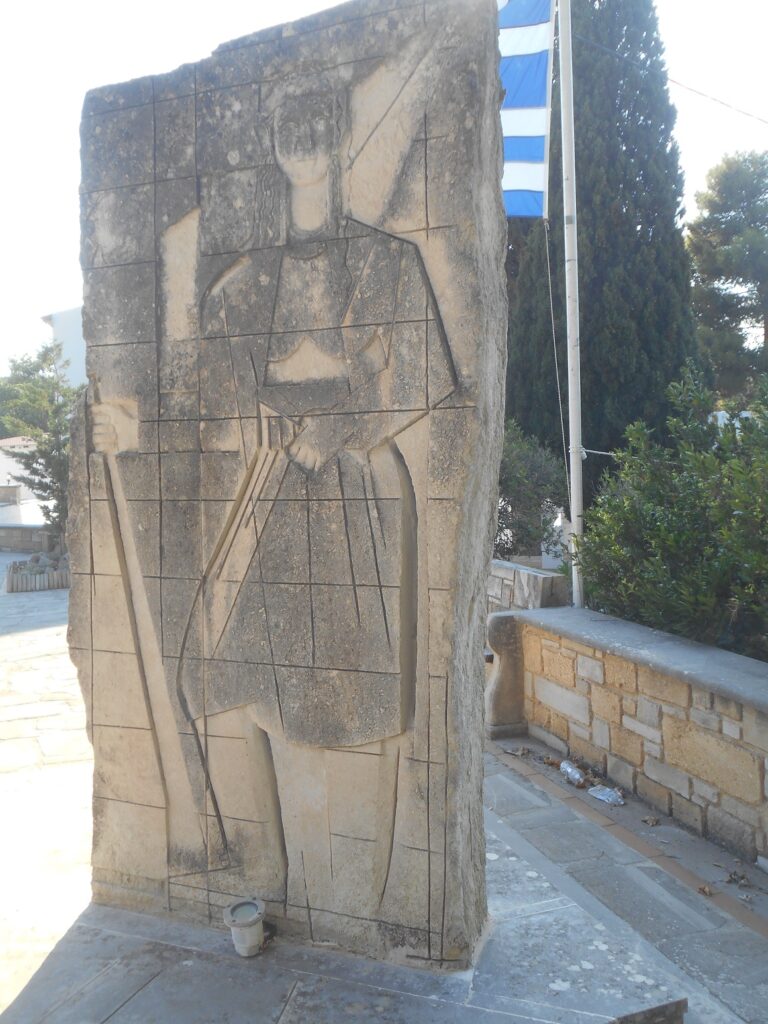
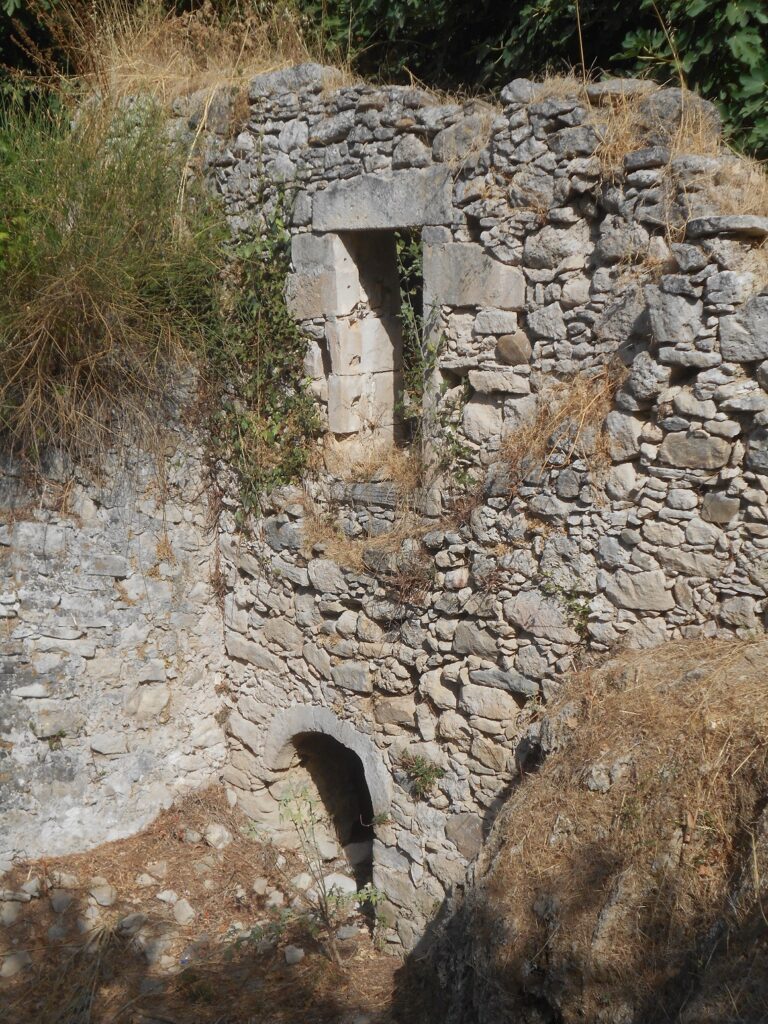
Return along the path, then head up left through the old village, ‘Plakoura’, a brief glimpse into the past. At the top, pause to enjoy the view, then swing right, along and down to meet the ‘main’ road out of Kera.
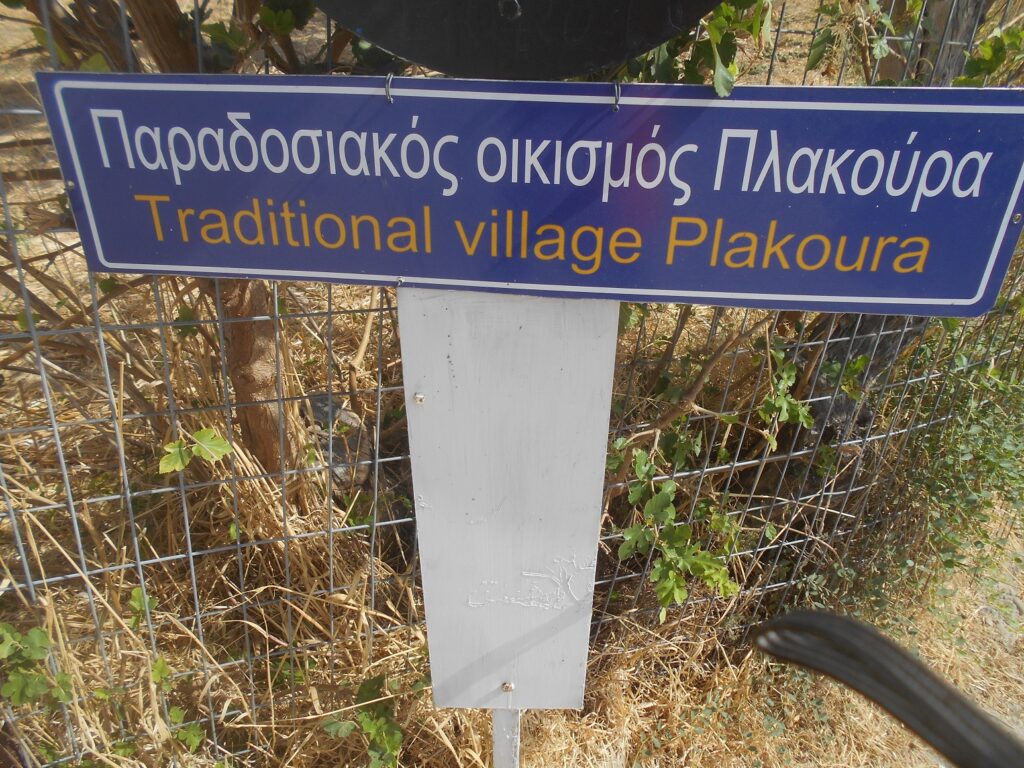
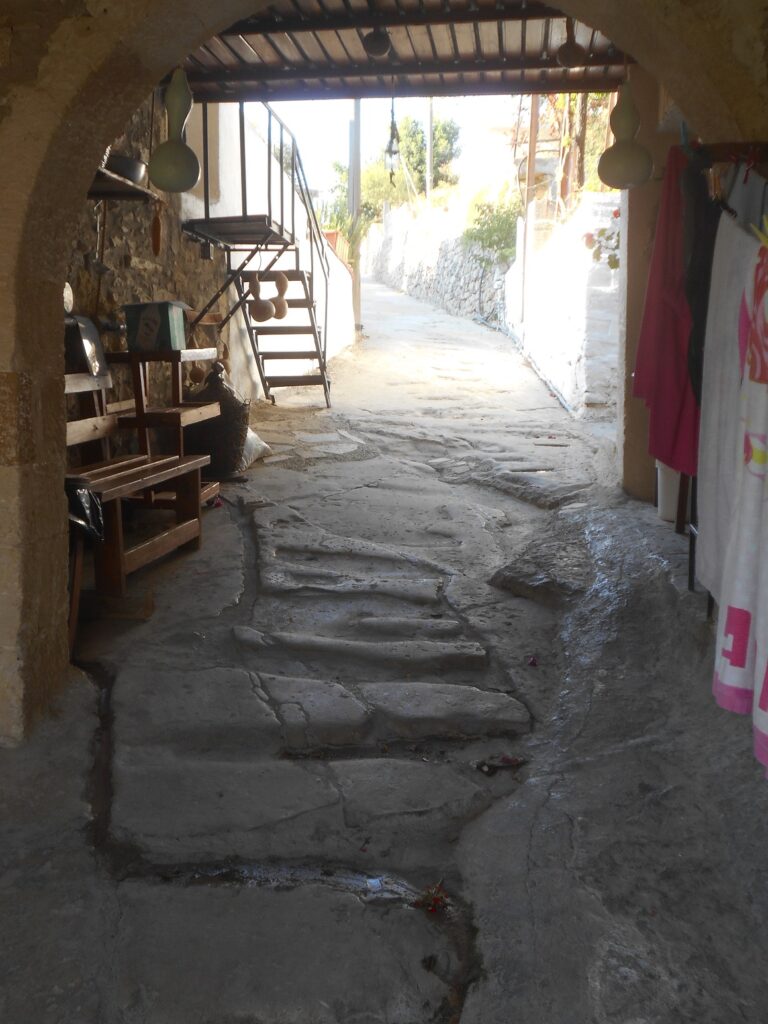
Turn left here, but only for 100m, then left again on a track up into the olive groves. When this reaches a surfaced road, turn right, and after a further 100m right again. Soon the Byzantine fortress of Trouli, 267m, comes dramatically into view, high above Rokka village. There’s a lot to explore here, and more about the history, the climb to the rocky summit, and the Rokas Gorge can be found on previous Explore ! (ref. January 2014 and July 2015 under Archives.)
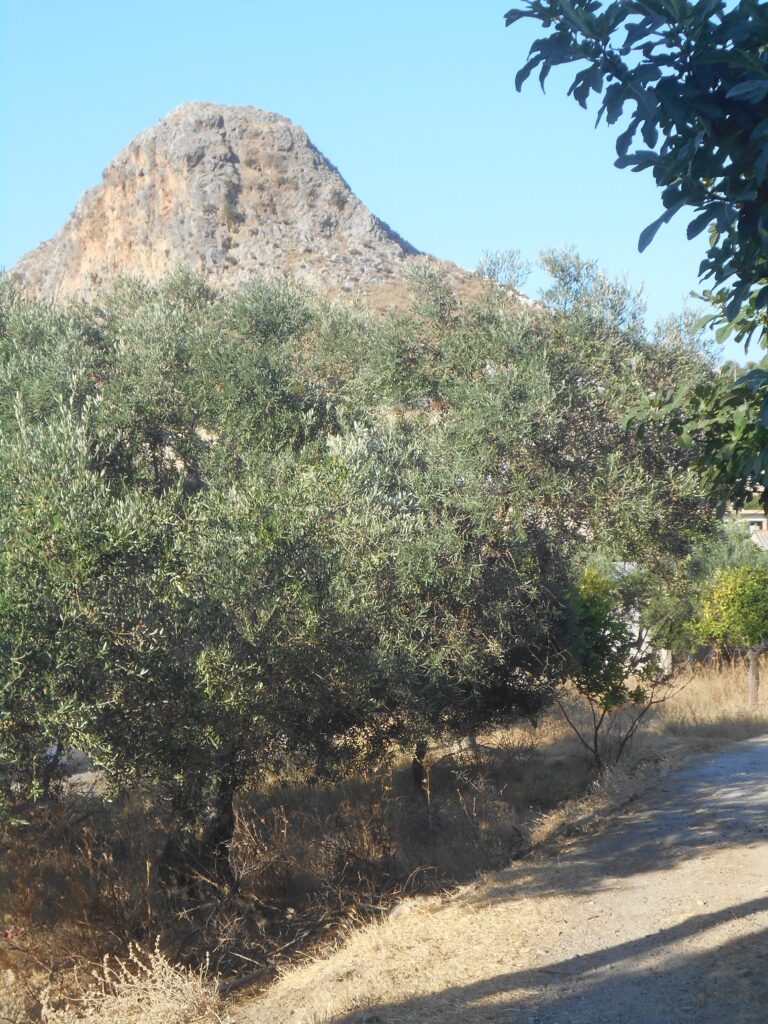
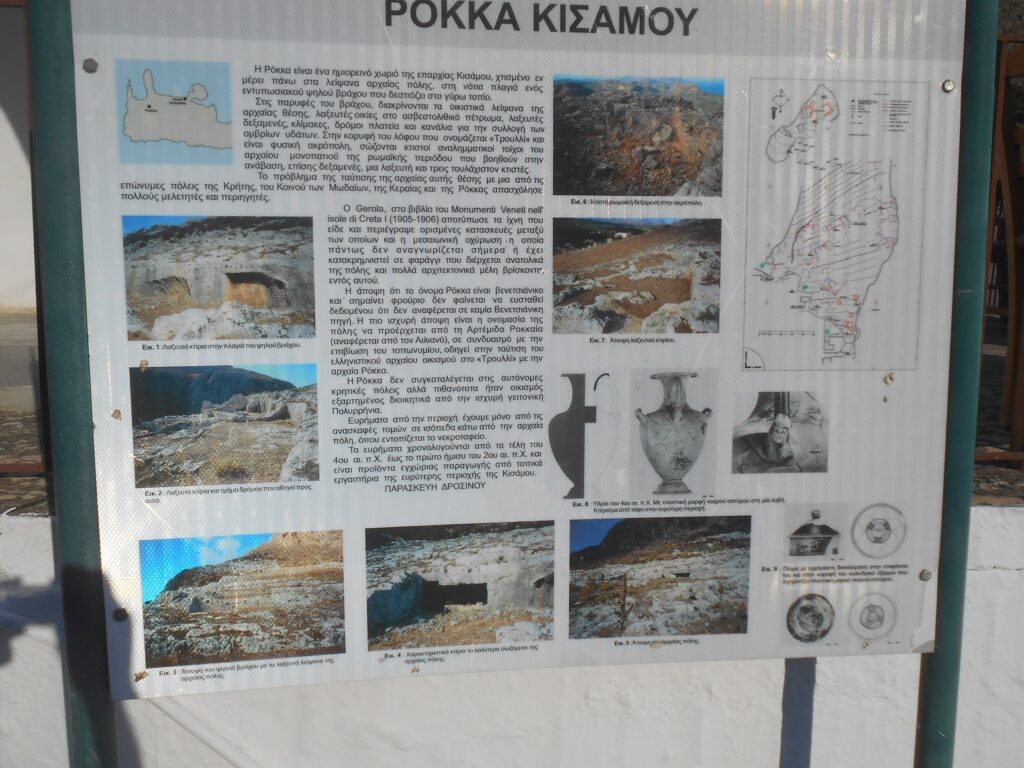
Giortes Rokkas – Rokka Festival – was first held in 2013, and now annually for two weeks with a programme of musical and cultural events culminating in the August Full Moon Concert on the slopes of the archeological site. Activities this year, after the Opening Ceremony and Music Concert in Rokka’s ‘platea’, have included Dance, Photography, Stonemasonry and Origami Workshops, and Folk Songs and a Film Night in Kera.
Performances at the Full Moon Concert have been by leading Greek and Cretan musicians and singers, the Chania Youth Orchestra and Choir, and once, memorably, by the entire Thessaloniki Philharmonic Orchestra.
Recently, it was a privilege to listen to a talented young Greek violinist playing music by Theodorakis and Paganini, followed by melodies with world-wide influences from an exuberant and energetic six-strong “orchestra”, all under a ‘Super Moon’ with an audience of around seven thousand.
Back to the walk ; an easy return stroll to Kera along the ‘main’ road, passing first the church of Ag. Efthimiou, and later the Holy Temple of Ag. Eleftherios, and so into the village.
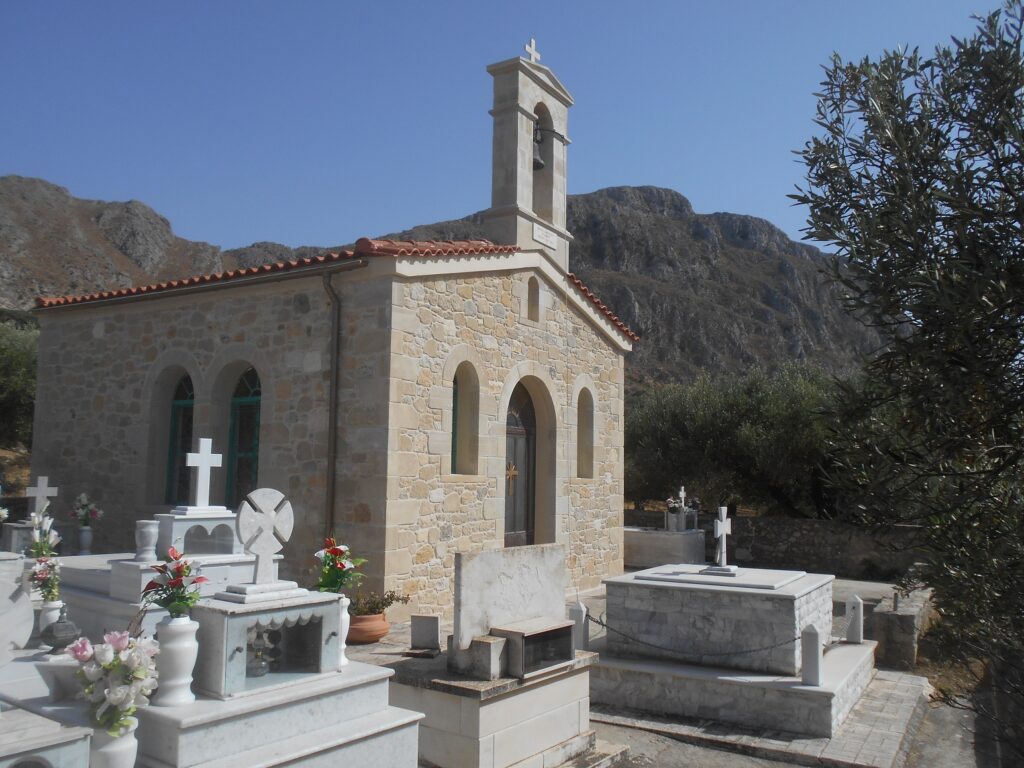
Next year, in 2023, there are two full moons in August. I suspect – and I hope – that the
Rokka Full Moon Concert will be held on the second of these, a ‘Blue Moon’, on 31st August,
which would be a spectacular occasion. See you there …. ?
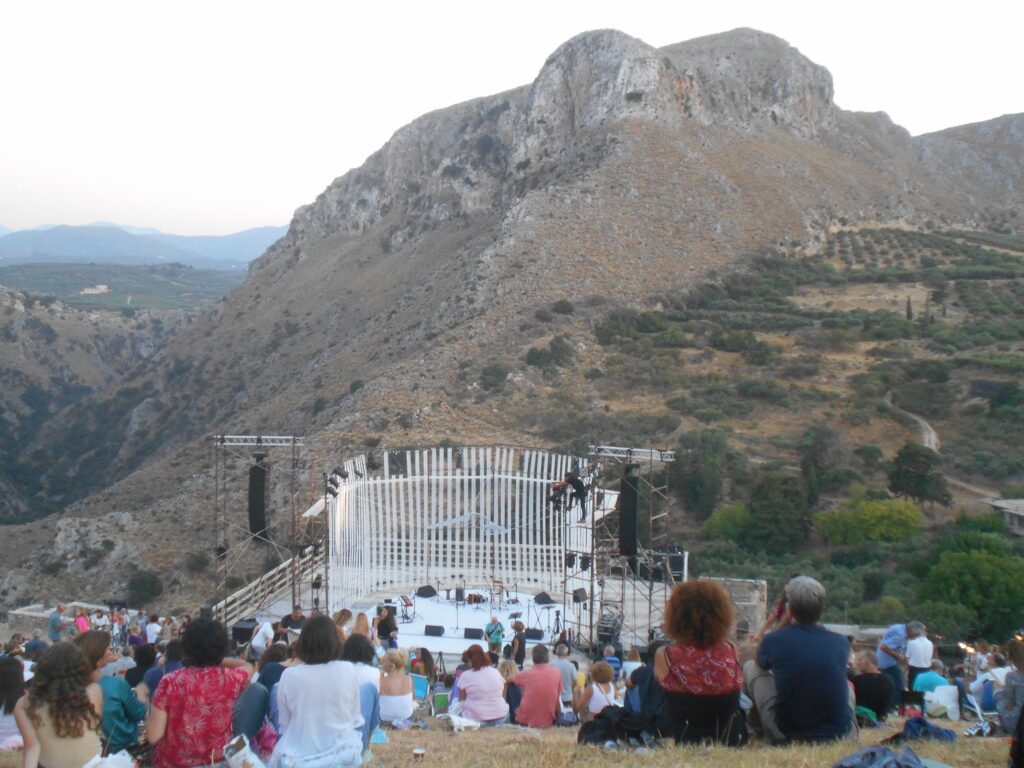


Recent Comments